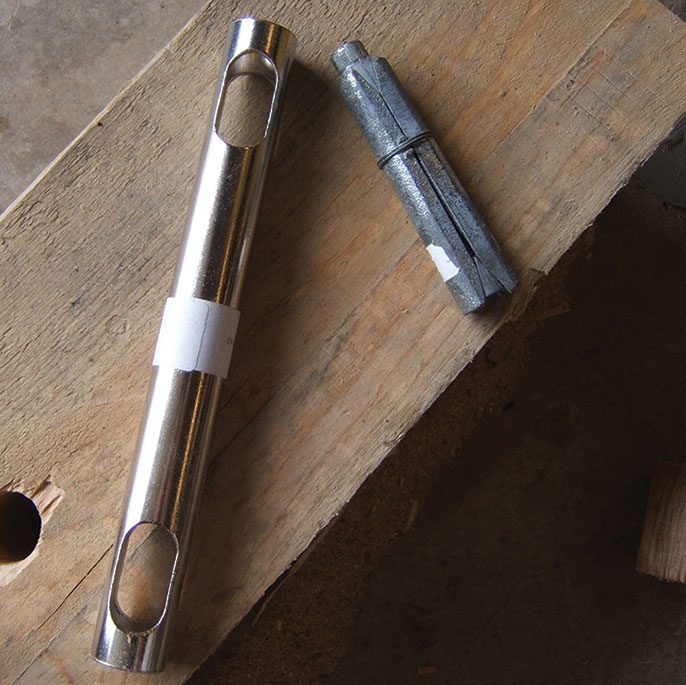
Prior to the industrial age, common building methods included mud bricks, cut stone, and timber framing. Of those construction techniques, only one remains a popular modern-day building solution. Hundreds of years later, crafters still design, cut, and install timber frame structures all around the world. From classic churches to private homes, timber framing remains a beautiful building method that has survived the test of time.
Start Your Dream Home Today with PrecisionCraft!
Advances in Timber Frame Technology
While the basic nature of a timber frame home has changed very little, advancements in technology have provided opportunities to enhance this classic building technique to meet modern needs. Advancements include the use of computer controlled (CNC) machines that cut the detailed mortise-and-tenon connections more quickly and precisely. Also, structural insulated panels (SIPs) often wrap timber frame homes. SIPs provide faster construction times, higher energy efficiency, and stronger engineering values.
While CNC machines and SIPs have been around for a few decades, there is a new engineering technology called Timberlinx which has just begun to make an impact on this long standing construction method. Special circumstances like heavy snow loads, active seismic zones, or locations with high winds often require specific engineering solutions. One or more of these circumstances often affect mountain-style homes. Therefore, Timberlinx is a great modern solution for mountain-style timber frame homes.
How Does Timberlinx Work?

Steel connection tubes are at the heart of Timberlinx connectors. Both pieces of the timber frame joint receive steel tubes. Then, two expanding cross pins link the steel tubes together. Once the steel pins secure the connection, the wooden pegs used to secure the mortise-and-tenon joint become decorative rather than structural. Using Timberlinx fasteners provide a stronger engineering value than using mortise-and-tenon joinery alone.
In addition to site-specific requirements, the look of a mountain-style home can also play a factor in engineering. Rustic homes often use larger dimensional wood to create their architectural mood. This additional weight may be better handled by using a stronger connection like Timberlinx.
Timberlinx connections remain completely hidden from the casual observer in a modern rustic timber home. Homeowners get the best of both worlds; the rugged beauty of timber framing and engineering technology that allows them to build a structurally sound home in their favorite mountain location.
